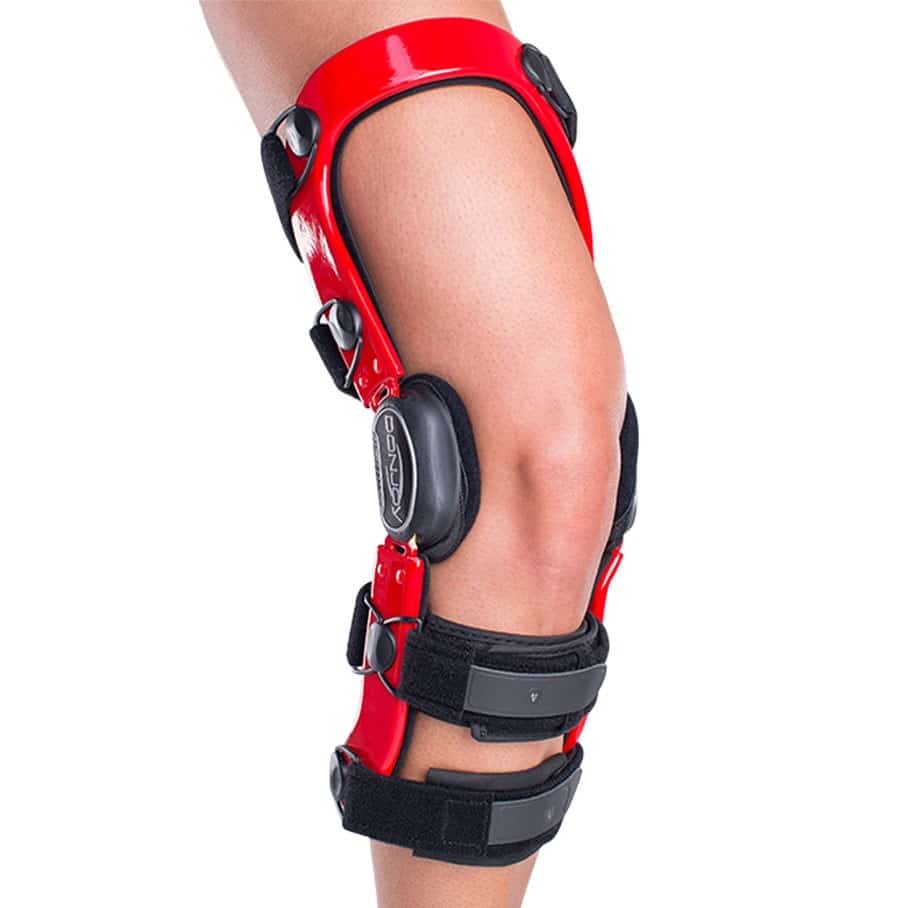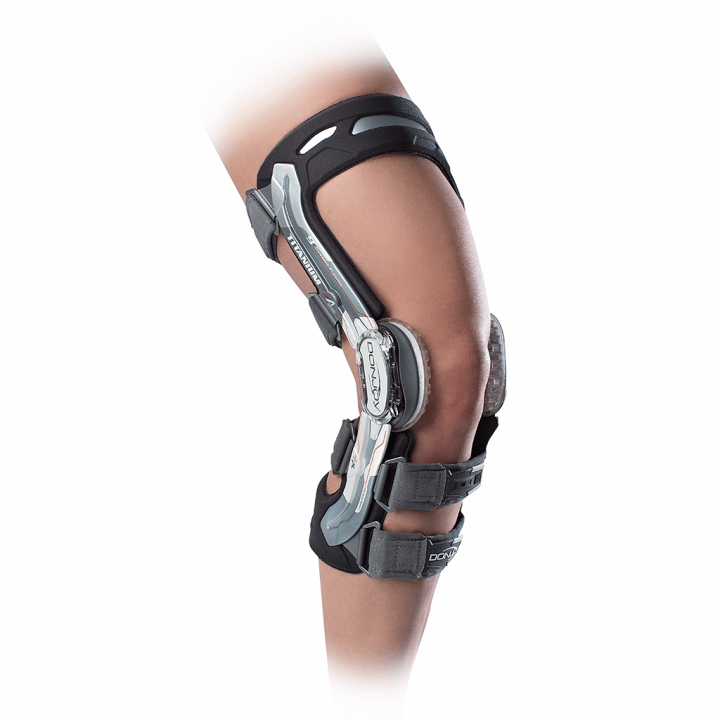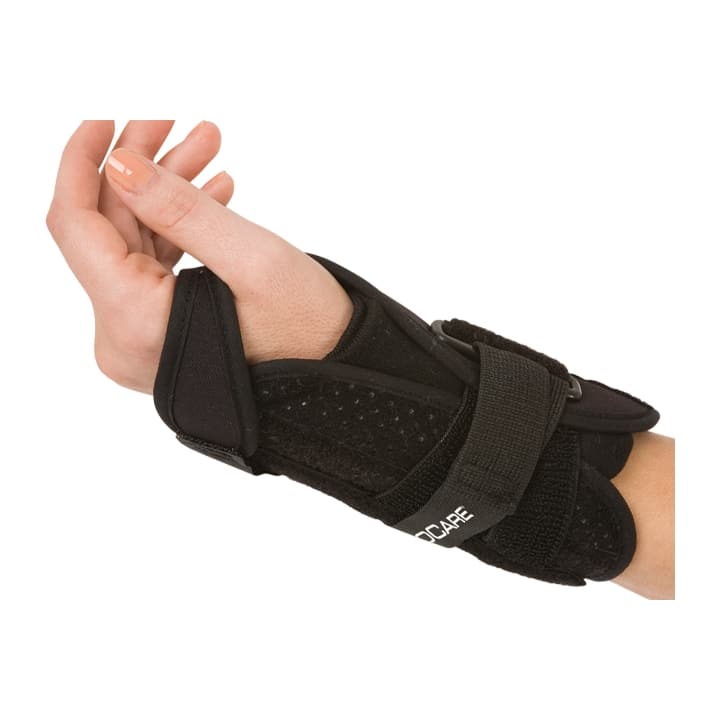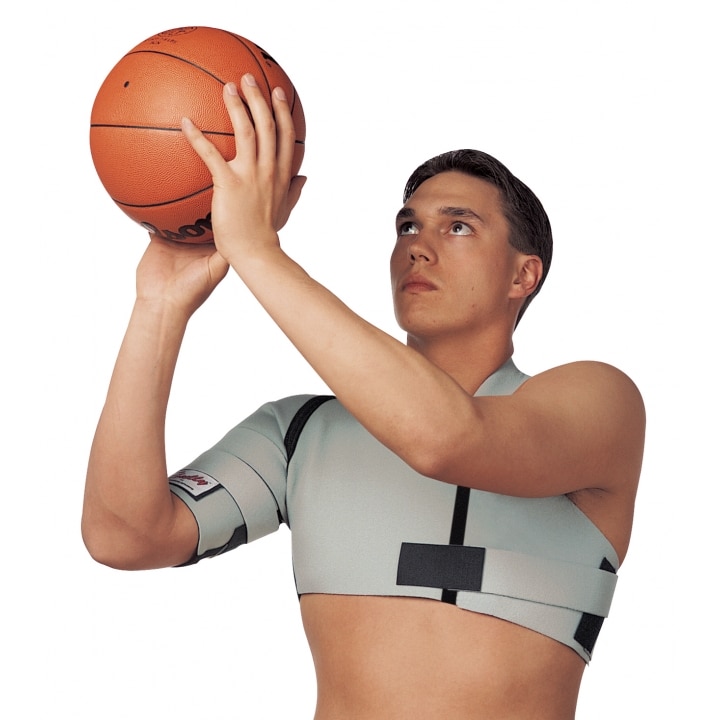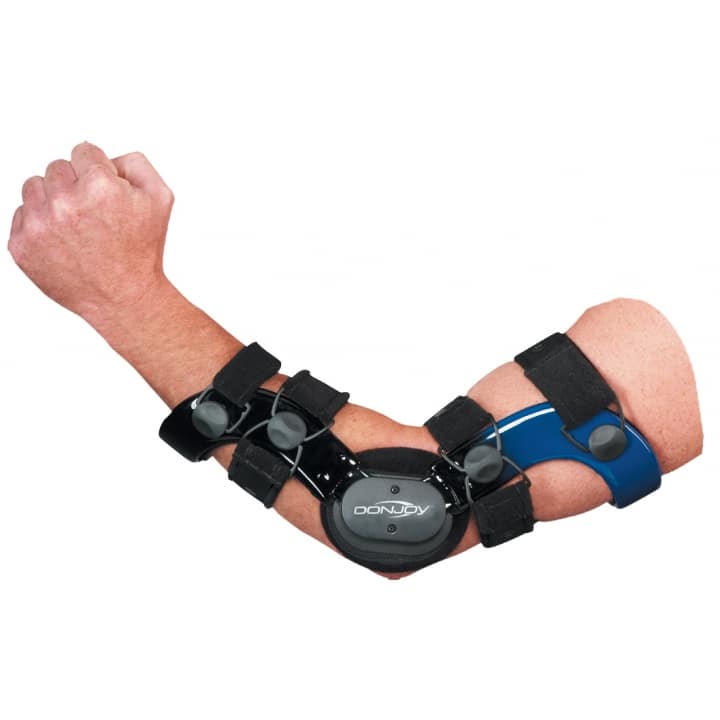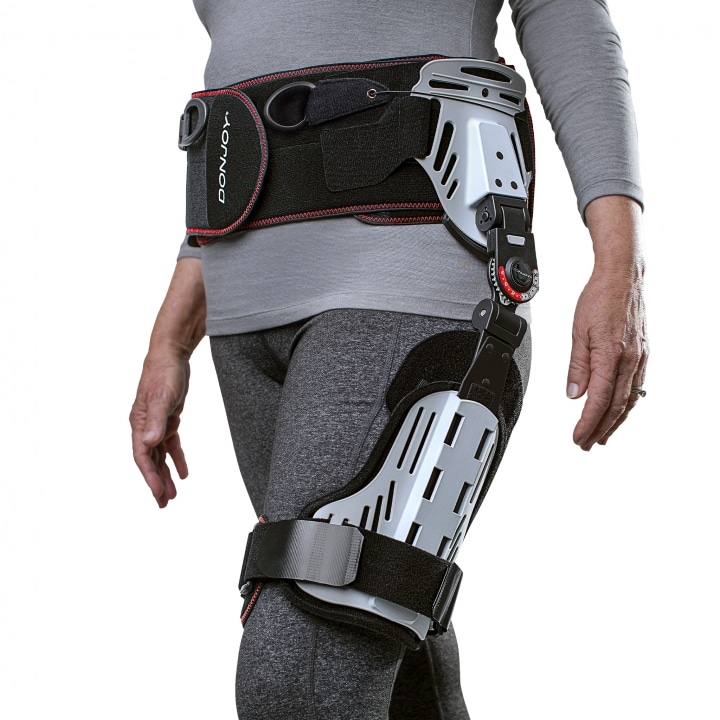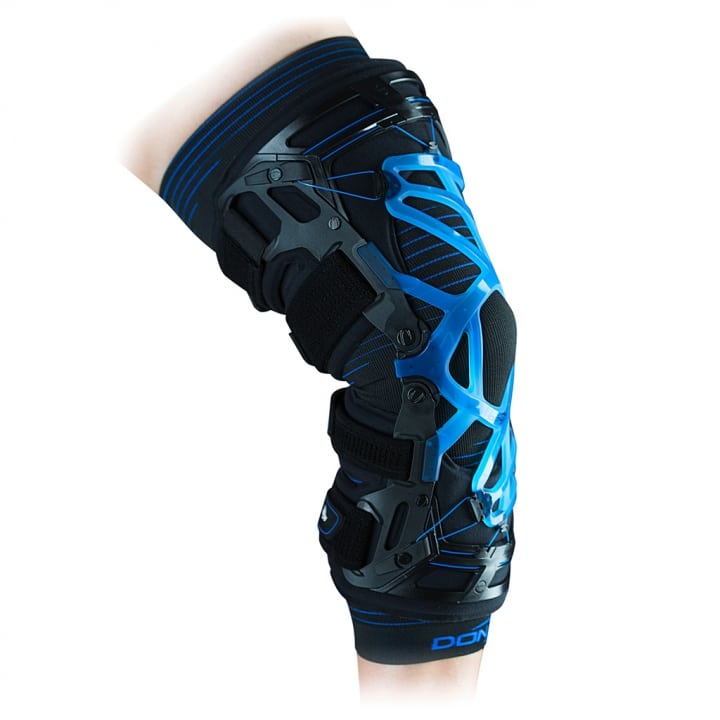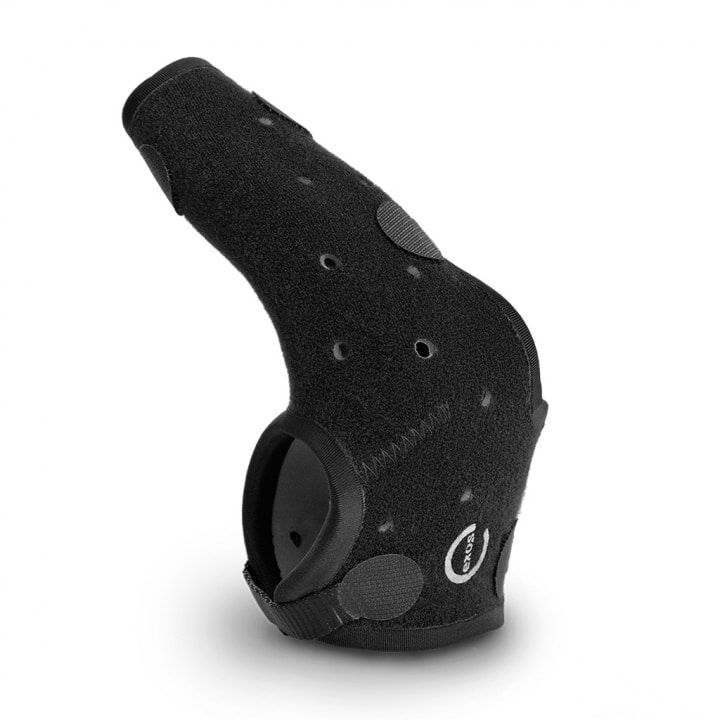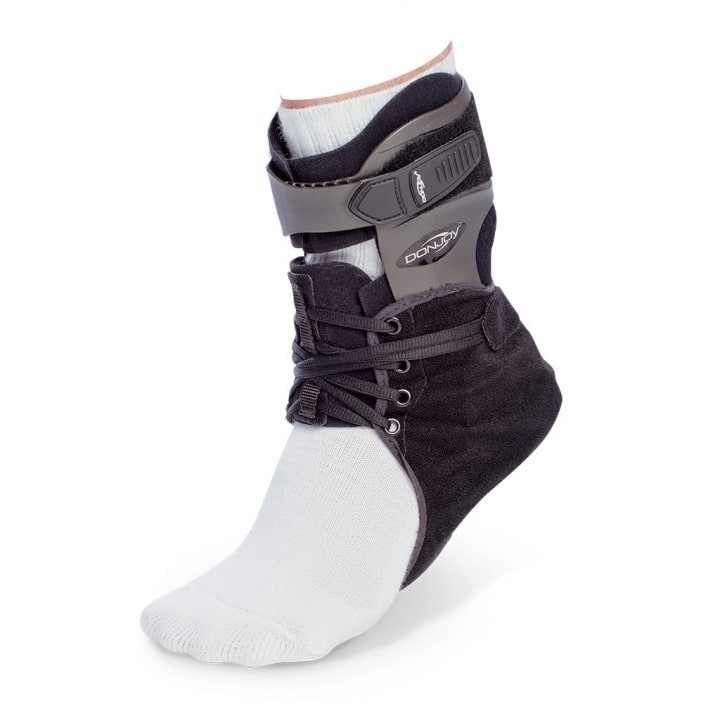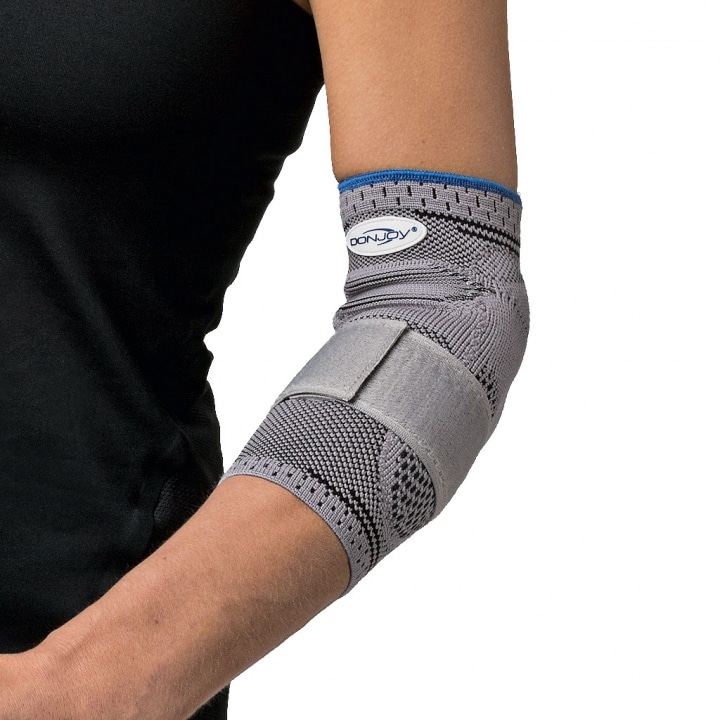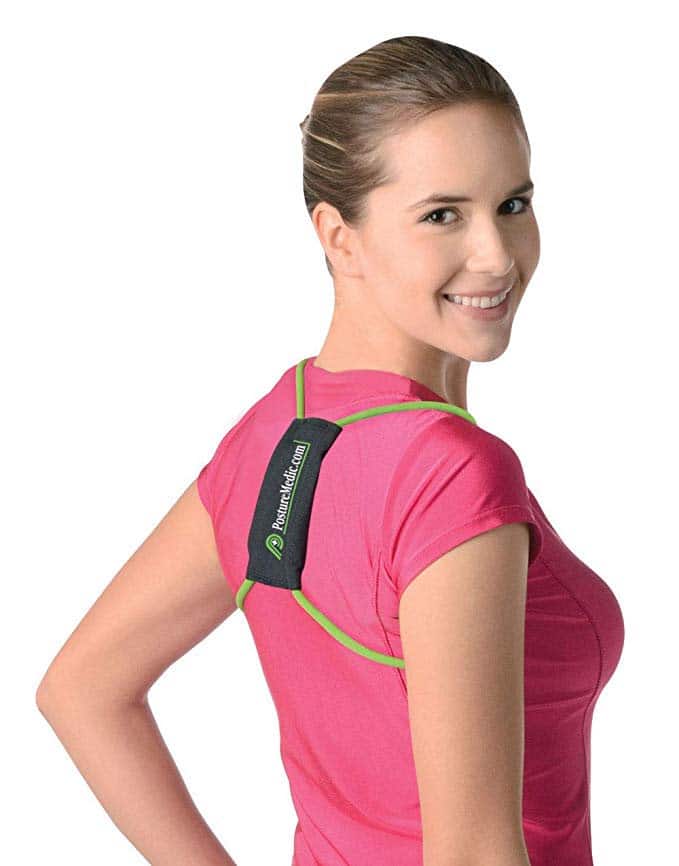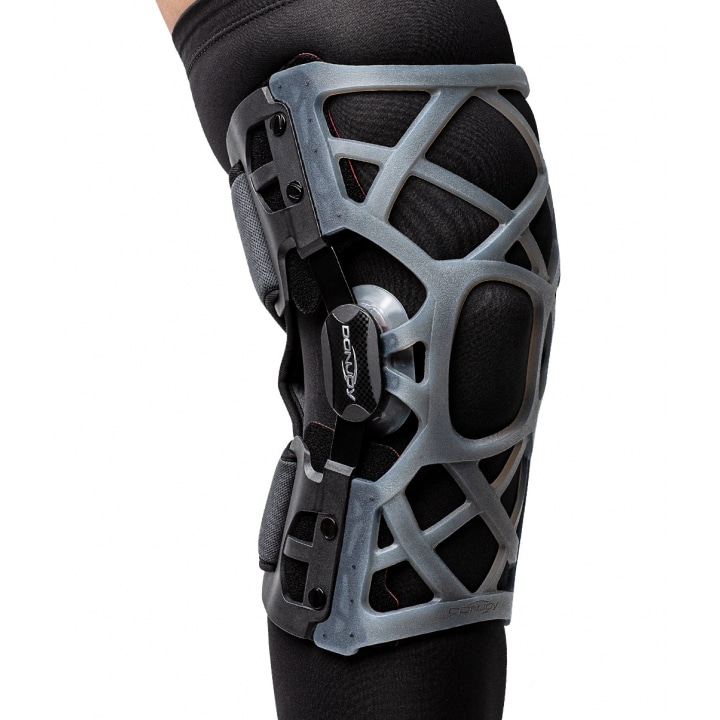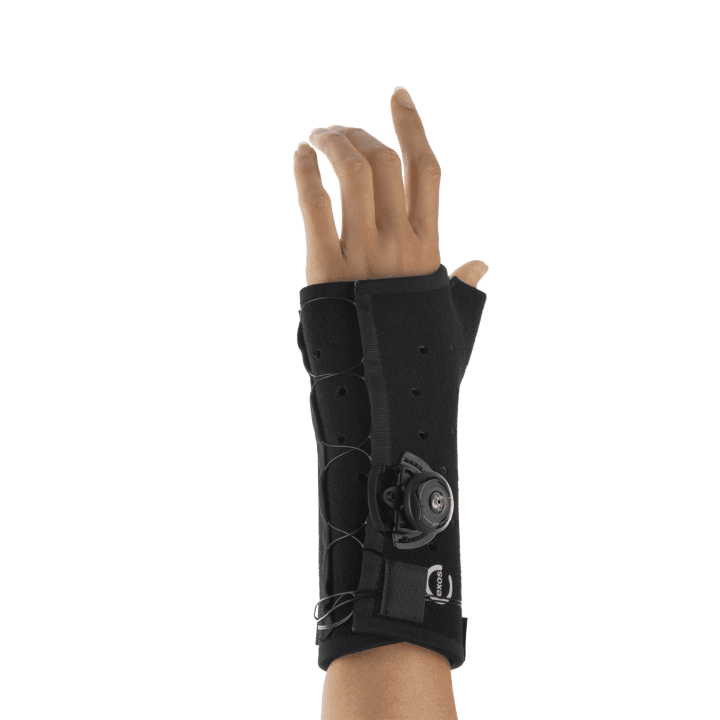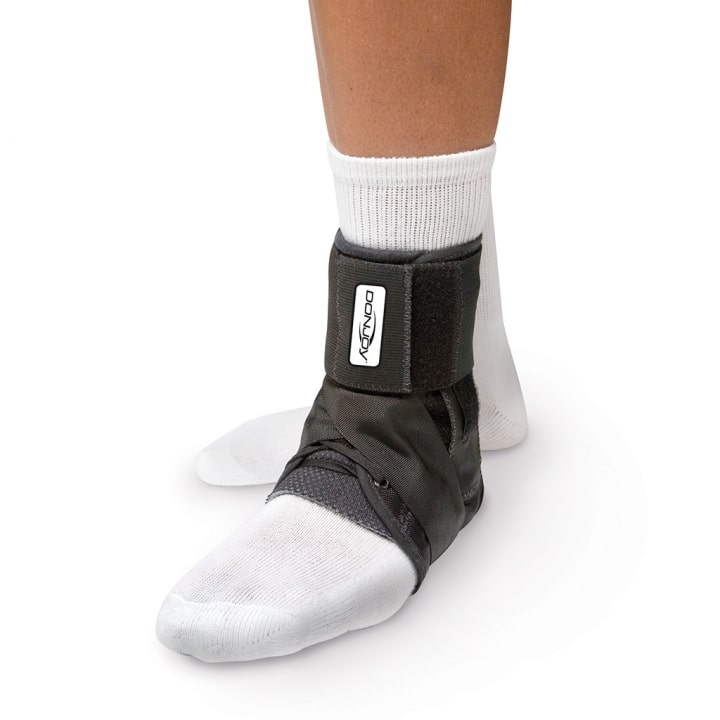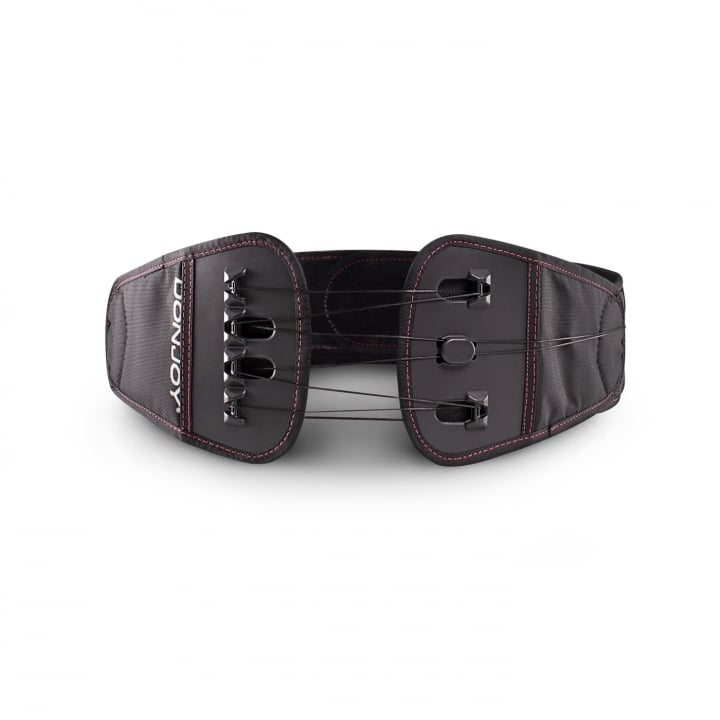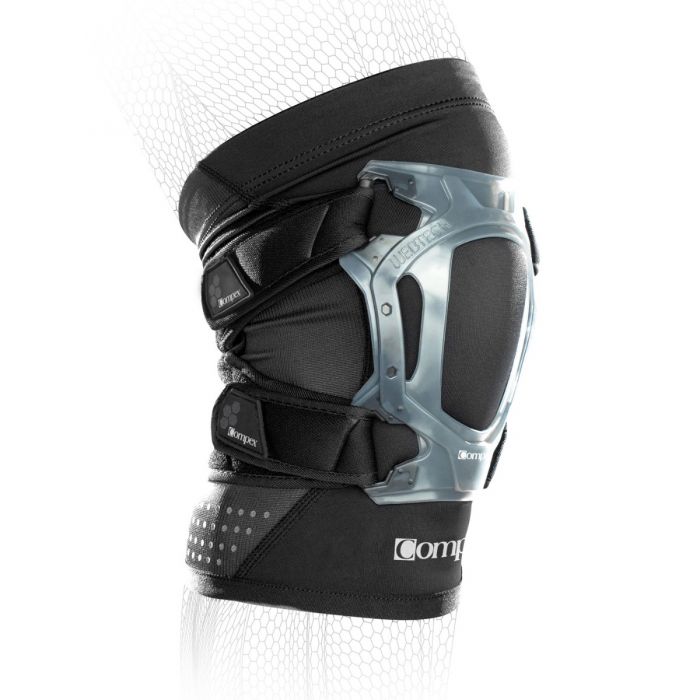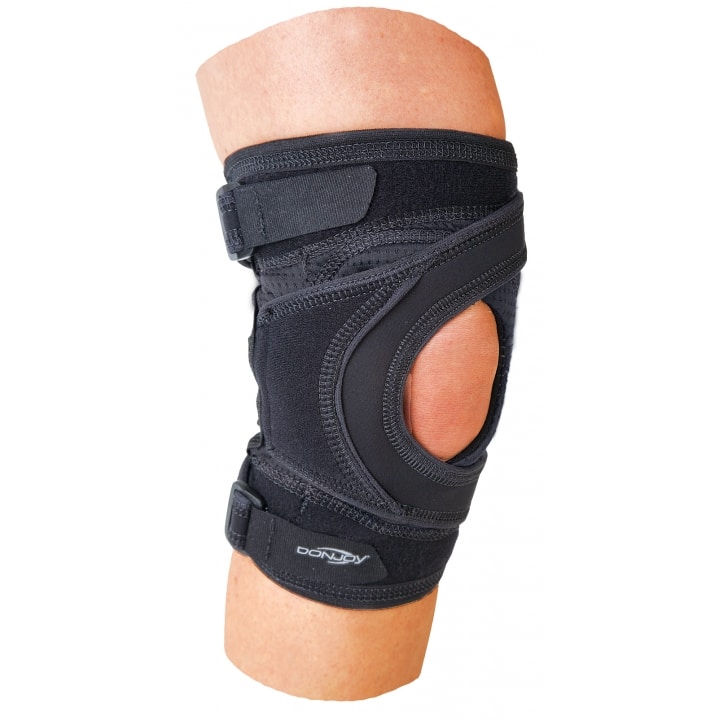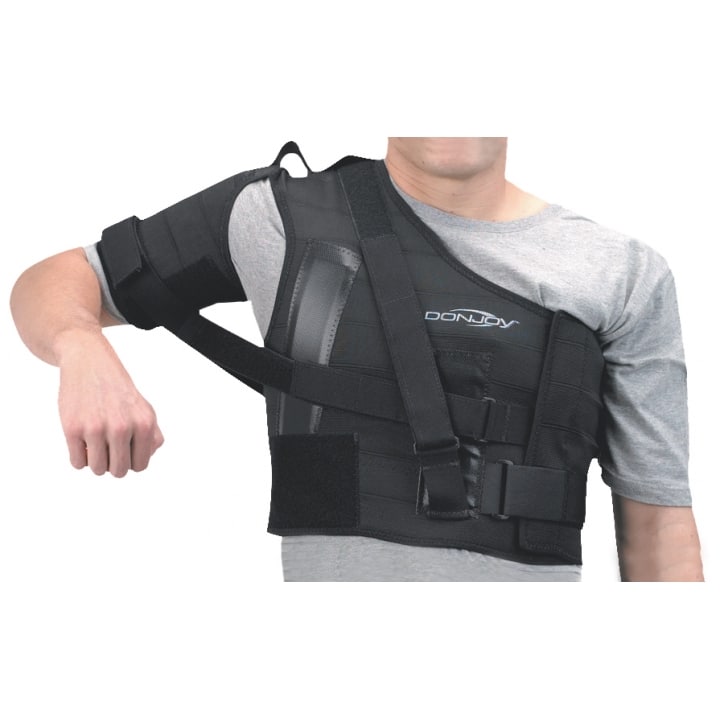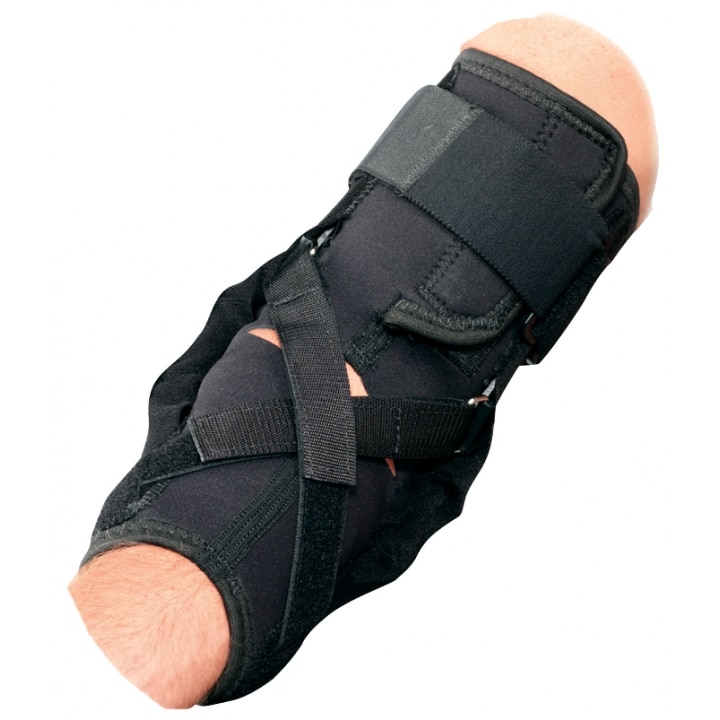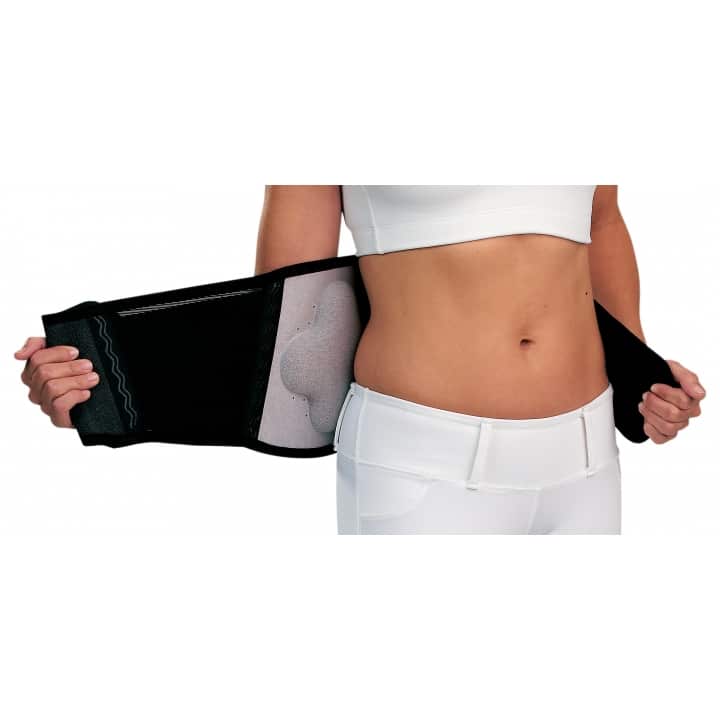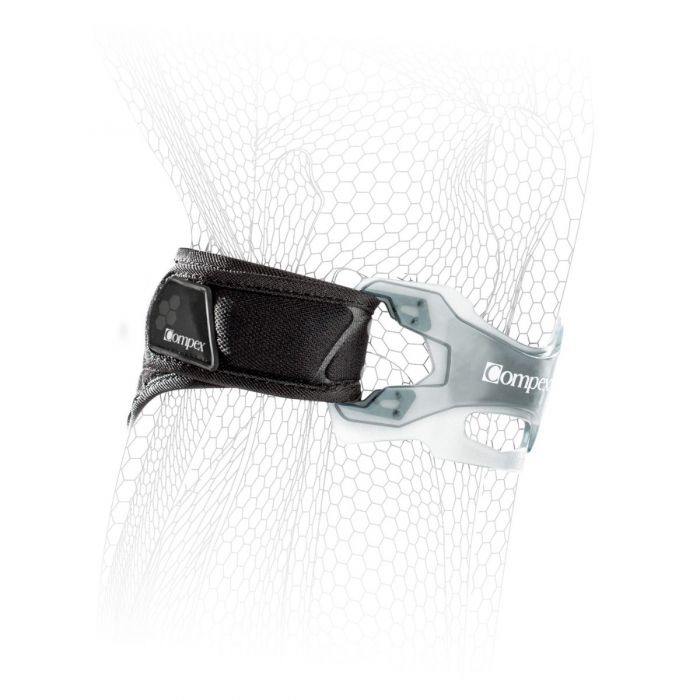ORTHOPEDIC BRACING
CCC Osteopathy provides our patients with professionally fitted and recommended over the counter, prescribed and custom orthopaedic bracing. We utilize the world renown company DJO GLOBAL and it’s umbrella of companies as our supplier for our orthopedic braces – however, we are not restricted to just DJO Global and will order other braces from companies if we determine that is the best option for the patient and their condition.
BRACING INSURANCE COVERAGE
We are able to refer our patients to our medical doctors and nurse practitioners to be evaluated to receive a prescription for most braces we dispense. Patients may decide it is best suited to see their own family physician to obtain the prescription, upon which we will give the patient the details of the brace to bring to their physician.
Once our office receives the prescription, we will submit to the patients insurance company to determine eligibility for reimbursement. However, it is ultimately on the patient to determine if and how much they are entitled to be reimbursed.
We do not direct bill for any medical items and payment is due upon item dispensed. For custom bracing, a deposit will be required prior to submitting the order. Custom bracing typically takes 2 weeks for fabrication and delivery once ordered.
What is an Orthopedic Brace?
Objectives of Bracing
Use bracing techniques to:
- Provide support and protection when preventing injuries
- Provide support and protection when treating and rehabilitating existing injuries
- Provide compression to reduce effusion and swelling when treating and rehabilitating injuries
- Provide control of ROM when treating and rehabilitating injuries
Classifications of Bracing
Braces can be classified according to the following: i) Fit, ii) Purpose, and iii) Body Area Design.
I) BODY AREA:
Braces are designed to provide compression, protection, support and limitations in ROM for specific areas of the body.
ii) FIT:
The fit of a brace refers to the sizing and manufacturing. “Off-the-shelf” or Custom-Made”
“OFF-THE-SHELF”: Come in predetermined sizes and are ready to use upon purchase. Generally less expensive than custom made designs. Most reputable companies provide circumference measurements of body areas on the package to assist in proper fitting.
CUSTOM-MADE: Fitted and manufactured for the specific patient and their injury/condition. Manufacturer representatives, orthopedic technicians, allied healthcare providers and other trained healthcare professionals perform the fitting procedures prior to construction of the braces. The type of injury/condition, surgical procedure and rehabilitation as well as the limb, girth, height, weight and sport/occupation help determine which model of brace should be used.
iii) PURPOSE:
Braces are used for dynamic purposes and can be grouped as: i) Prophylactic, ii) Functional, and iii) Rehabilitative.
PROPHYLACTIC: Designed to protect an uninjured joint and the surrounding soft tissue structures. Ex. Using an ankle brace to limited ROM instead of taping. Typically you will see this in volleyball, football and basketball players.
REHABILITATIVE: Used to provide immobilization following a surgical procedure. Allow for control of ROM for the individual using adjustable hinges.
FUNCTIONAL BRACES: Used to provide support and protection for existing injuries, conditions, or post-surgical repairs or reconstructions. Available in both custom and off-the-shelf.


